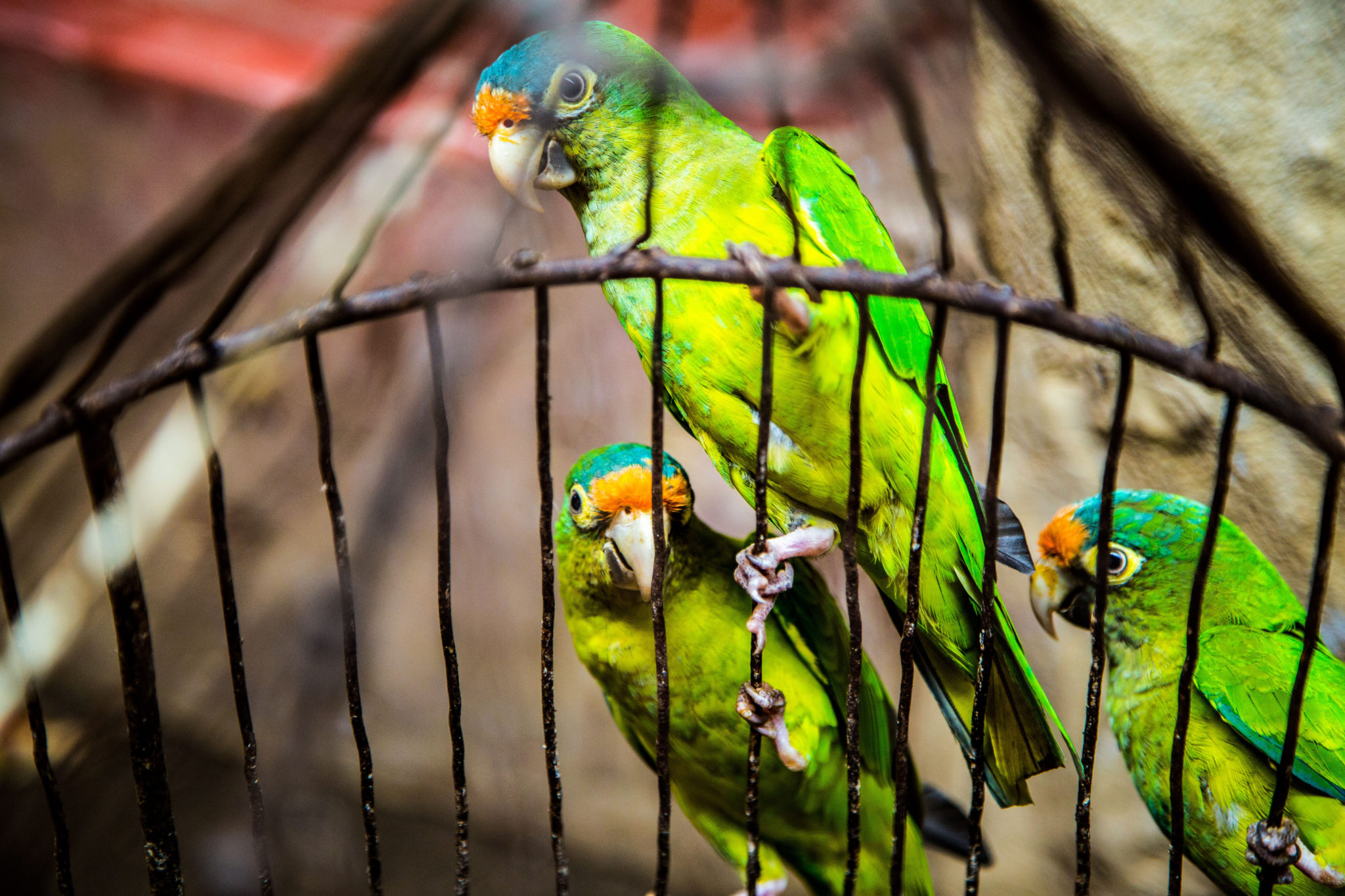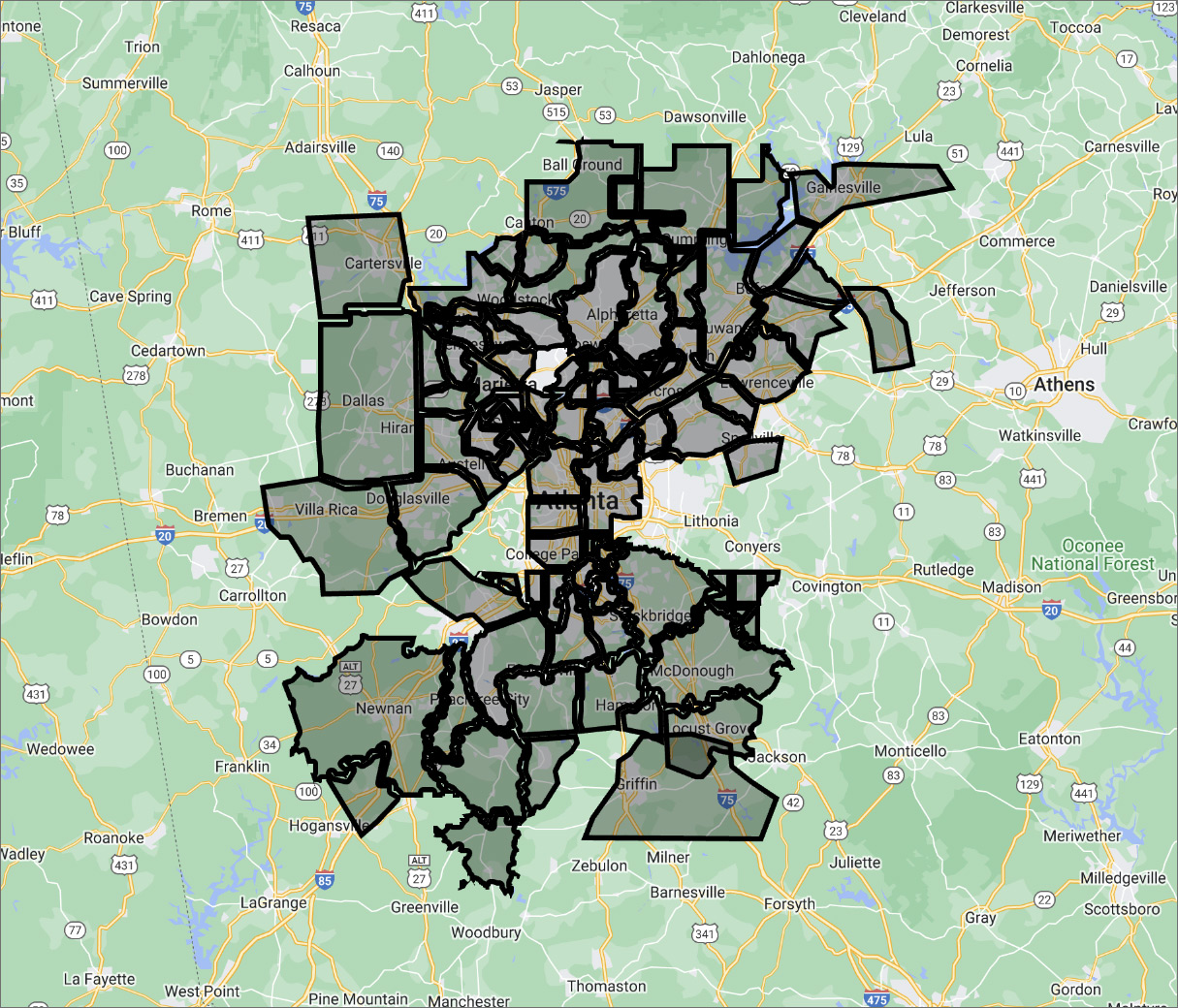Parakeets, which are a type of parrot also known as “budgies,” are a popular pet in households throughout Georgia. Cherished for their spunky personalities and impressive plumage, parakeets can make a wonderful addition to the right home. However, like any pet, parakeets have a few living requirements that owners should be aware of. Our Atlanta pet sitters explain how to set up the perfect birdcage for your pet parakeet, so that your feathered friend can enjoy a long, happy life. After all, some parakeets can live for up to 20 years in captivity if given quality care!

Budgie Cage Layout Requirements
Everyone has a slightly different idea about what makes the “perfect” parakeet cage. You may have to experiment with some trial and error at the outset as you come to learn your budgie’s unique quirks and habits. By visiting YouTube, you can find a wealth of helpful visual guides to setting up your budgie cage, including mandatory supplies plus some fun extra toys to help keep your parakeet busy. Remember, budgies are clever and playful, so this species needs plenty of mental stimulation to avoid getting sick, bored, or depressed.
Let’s start by looking at some the basics: the size of the cage, the shape of the cage, and the ambient temperature in the room where you’ll be keeping your budgie.
1. How big should a parakeet cage be? A parakeet can weigh anywhere from about one to five ounces, depending on the species. (The diminutive budgie tops the scale at less than two ounces, while the emerald green rose-ringed parakeet can easily weigh twice that.) Likewise, a parakeet’s wingspan may range anywhere from about 11 to 19 inches. While the parakeet is relatively small, it still needs plenty of space to move around. For a smaller parakeet like a budgie, a cage should be at least 20” x 18” x 18”. For bigger parakeets like monk parakeets, or for pairs of birds, the cage will need to be substantially larger. It’s a good idea to ask your local pet shop owner or a reputable breeder about recommended cage dimensions for a bird of your pet’s size.
2. What shape should a parakeet cage be? You should avoid circular or rounded cages and choose a square or rectangular cage for your parakeet instead. Parakeets habitually seek shelter in the corners of structures, so a cage without corners can cause confusion, anxiety, and distress in your bird, which isn’t good for its health (or quality of life). Consider a rolling cage to easily and conveniently mix up your parakeet’s scenery.
3. What’s the best temperature for parakeets? The ideal temperature range for parakeets is somewhere between 60 and 70 degrees, though certain types of budgies tolerate temperatures into the mid-eighties. Since Atlanta can get intensely hot during the summer (with some chilly nights during the winter), make sure your bird room is temperature controlled with air conditioning and heating systems. That way, you can adjust the temperature as necessary whenever the weather fluctuates. Make sure the room gets good light and ventilation, but avoid exposure to direct sunlight, which can be harmful or even fatal.
Now that we’ve covered some birdcage fundamentals, let’s move on to the fun stuff: toys, decorations, and bedding.
How to Decorate a Parakeet Cage
Once you’ve taken care of the cage, you’ll need some items to place inside it (other than the bird, that is). You can find everything you need online, though shopping in person will give you a better feel for the size and quality of the materials. Plus, you’ll get your items much quicker if you go directly to a pet supply store.
Here’s a starter list of some basic supplies you’ll need for your budgie or parakeet’s cage:
- A mineral block, which is simply a hard block that provides nutrients (mainly calcium) while giving the bird a way to grind down its constantly growing beak.
- A package of soft, disposable bedding, which should be regularly replenished and replaced after absorbing waste (a little like a litter box for a cat).
- At least two or three perches of varying width.
- At least one food bowl and one water bowl per bird, ideally of different designs (e.g. one water dish and one water bottle).
- A handful of different toys – enough to provide stimulation, but not so many that the cage becomes cluttered.
This list isn’t exhaustive, so make sure you do your homework by checking out the pros and cons of different brands and items. Read product reviews. Browse forums. Watch videos. And remember, you’ll need to continually replace and restock supplies as they get worn down and used up, so be sure to set aside an adequate budgie budget.

Atlanta Pet Sitting Company for Bird Owners in GA
Critter Sitters is the largest and oldest pet sitting company in Georgia. With more than 40 years of experience, we’ve cared for tens of thousands of birds, cats, dogs, and other pets. Though our business is based in Atlanta, our dedicated team of in-home pet nannies is spread across locations throughout the Atlanta Metro area, with service areas including Alpharetta, Brunswick, Dunwoody, Fayetteville, Newnan, Roswell, Sandy Springs, and more.
To book an affordable and trustworthy pet sitter to take great care of your parakeet, budgie, or other feathered friend, call Critter Sitters today at 404-793-6178. Your initial consultation is completely free of charge.

